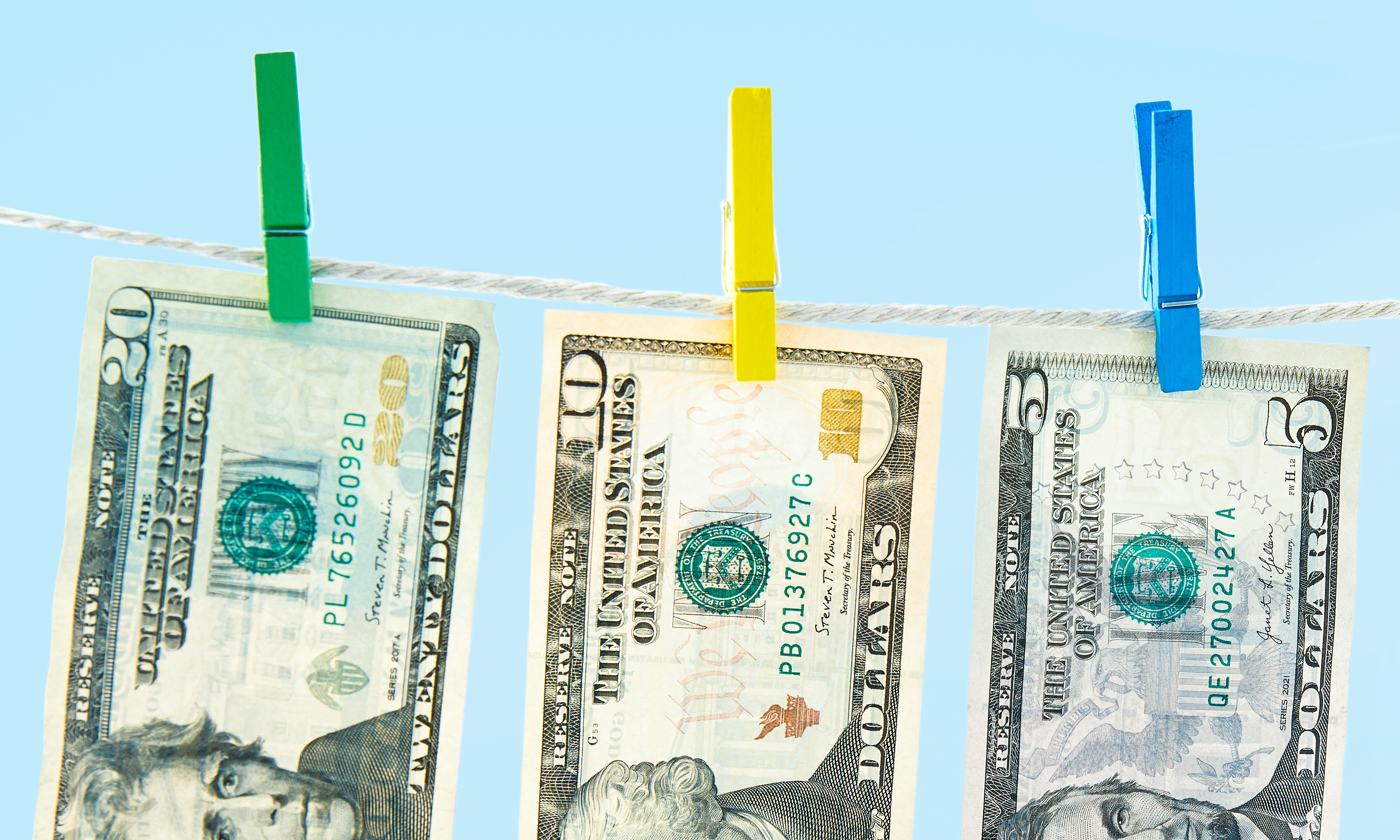Big Tax Changes Loom For Individuals, Businesses
It’ll take a year or three of intensive debate, but a major tax overhaul is a good bet.

Come this fall, Congress faces a big fight over whether (and for how long) to extend the Bush tax cuts. Further down the road, though, a much bigger tax reform battle awaits: A complete overhaul of individual and business taxes. It won’t happen quickly -- probably not until after the 2012 presidential election -- but the preliminary skirmishing is already beginning.
A bipartisan proposal offered by Sens. Ron Wyden (D-OR) and Judd Gregg (R-NH) bears watching. It will undoubtedly change in all sorts of ways as the debate proceeds, but it’ll give you a good idea of what lawmakers are planning.
For starters, the Wyden-Gregg plan would cut the number of tax brackets in half, from six to three. Couples would pay 15% on their first $75,000 of taxable income, then 25% on the next $65,000 and then 35% over $140,000. Currently, the 35% tax bracket starts at $373,650. The rate brackets for singles would be half of those for couples. While the brackets would be indexed to inflation, the adjustments would be lower than they are now.
From just $107.88 $24.99 for Kiplinger Personal Finance
Become a smarter, better informed investor. Subscribe from just $107.88 $24.99, plus get up to 4 Special Issues

Sign up for Kiplinger’s Free Newsletters
Profit and prosper with the best of expert advice on investing, taxes, retirement, personal finance and more - straight to your e-mail.
Profit and prosper with the best of expert advice - straight to your e-mail.
Standard deductions would soar: $30,000 for married couples, $15,000 for singles and $22,500 for heads of households. Far fewer filers would benefit from itemizing.
Three hidden tax increases would be nixed: The alternative minimum tax plus the itemized deduction and personal exemption cutbacks for upper incomers.
On dividends and long-term gains, a 35% exclusion would be allowed, making the top rate 22.75%. Filers could also exclude 35% of up to $500,000 of gains on the sales of assets that were held between six months and one year.
Municipal bonds would be less tax favored. The exemption for interest on newly issued bonds would be replaced with a tax credit for 25% of the interest. Municipal bond funds would report separately to investors on newly issued bonds.
The income tax base would be broadened by eliminating many tax breaks: Flexible spending plans for health and dependent care. Miscellaneous itemizations. The exclusion for foreign earned income. Moving expenses. Deferring interest on newly issued savings bonds. Taxing fringes such as group-term life, employer provided meals and lodging and employee awards.
The net effect: A tax hike of over $200 billion on individuals over 10 years.
For businesses: Corporations would pay tax at a flat 24% rate, down from the 35% maximum rate under current law, a significant reduction. And small firms could expense all equipment and inventory purchases. To qualify, a company’s average annual gross receipts could not exceed $1 million. Larger companies would have to take depreciation over longer periods.
Some tax breaks would be axed: The deduction for domestic production. Use of the installment method by nondealers. Completed-contract accounting. Plus techniques to defer the business income of controlled foreign subsidiaries. And deductions firms claim for interest paid on debt would be reduced by inflation.
The bottom line is a net tax cut of $200 billion or so for businesses.
The proposal is a good indicator of the challenges ahead on tax reform. Lawmakers won’t be able to sell the public on a business tax cut funded by tax hikes on individuals. That significantly dims the prospects for a deep corporate rate cut. Any tax overhaul is likely to be revenue neutral for individuals and businesses, or to contain a small net hike on corporations to fund tax reduction for individuals.
Profit and prosper with the best of Kiplinger's advice on investing, taxes, retirement, personal finance and much more. Delivered daily. Enter your email in the box and click Sign Me Up.

-
 Stocks Extend Losing Streak After Fed Minutes: Stock Market Today
Stocks Extend Losing Streak After Fed Minutes: Stock Market TodayThe Santa Claus Rally is officially at risk after the S&P 500's third straight loss.
-
 What Bilt Cardholders Need to Know as Wells Fargo Exits the Program
What Bilt Cardholders Need to Know as Wells Fargo Exits the ProgramA major shake-up in the Bilt Rewards program could affect your credit card, rent rewards and points strategy heading into 2026.
-
 3 Major Changes to the Charitable Deduction in 2026
3 Major Changes to the Charitable Deduction in 2026Tax Breaks About 144 million Americans might qualify for the 2026 universal charity deduction, while high earners face new IRS limits. Here's what to know.
-
 Law Reversal Looming? Trump Eyes 2026 Gambling Winnings Tax Change
Law Reversal Looming? Trump Eyes 2026 Gambling Winnings Tax ChangeTax Deductions It's no secret that the IRS is coming after your gambling winnings in 2026. But how long will that last?
-
 Is a New $25,000 Health Care Tax Deduction Coming in 2026?
Is a New $25,000 Health Care Tax Deduction Coming in 2026?Tax Policy A proposal from GOP Sen. Josh Hawley adds to the chatter about health care affordability.
-
 Are New Trump $2,000 Stimulus Payments Coming in 2026? What to Know Now
Are New Trump $2,000 Stimulus Payments Coming in 2026? What to Know NowTax Policy A promise of $2,000 tariff dividend checks is raising questions and fueling confusion.
-
 Could Tax Savings Make a 50-Year Mortgage Worth It?
Could Tax Savings Make a 50-Year Mortgage Worth It?Buying a Home The 50-year mortgage proposal by Trump aims to address the housing affordability crisis with lower monthly mortgage payments. But what does that mean for your taxes?
-
 Emergency Tax Bill Ends $6,000 Senior Deduction and Tip, Overtime Tax Breaks in D.C.
Emergency Tax Bill Ends $6,000 Senior Deduction and Tip, Overtime Tax Breaks in D.C.Tax Law Here’s how state tax conformity rules could immediately raise your income tax liability.
-
 Standard Deduction 2026 Amounts Are Here
Standard Deduction 2026 Amounts Are HereTax Breaks What is the standard deduction for your filing status in 2026?
-
 Three Popular Tax Breaks Are Gone for Good in 2026
Three Popular Tax Breaks Are Gone for Good in 2026Tax Breaks Here's a list of federal tax deductions and credits that you can't claim in the 2026 tax year. High-income earners could also get hit by a "surprise" tax bill.
-
 Money for Your Kids? Three Ways Trump's ‘Big Beautiful Bill’ Impacts Your Child's Finances
Money for Your Kids? Three Ways Trump's ‘Big Beautiful Bill’ Impacts Your Child's FinancesTax Tips The Trump tax bill could help your child with future education and homebuying costs. Here’s how.